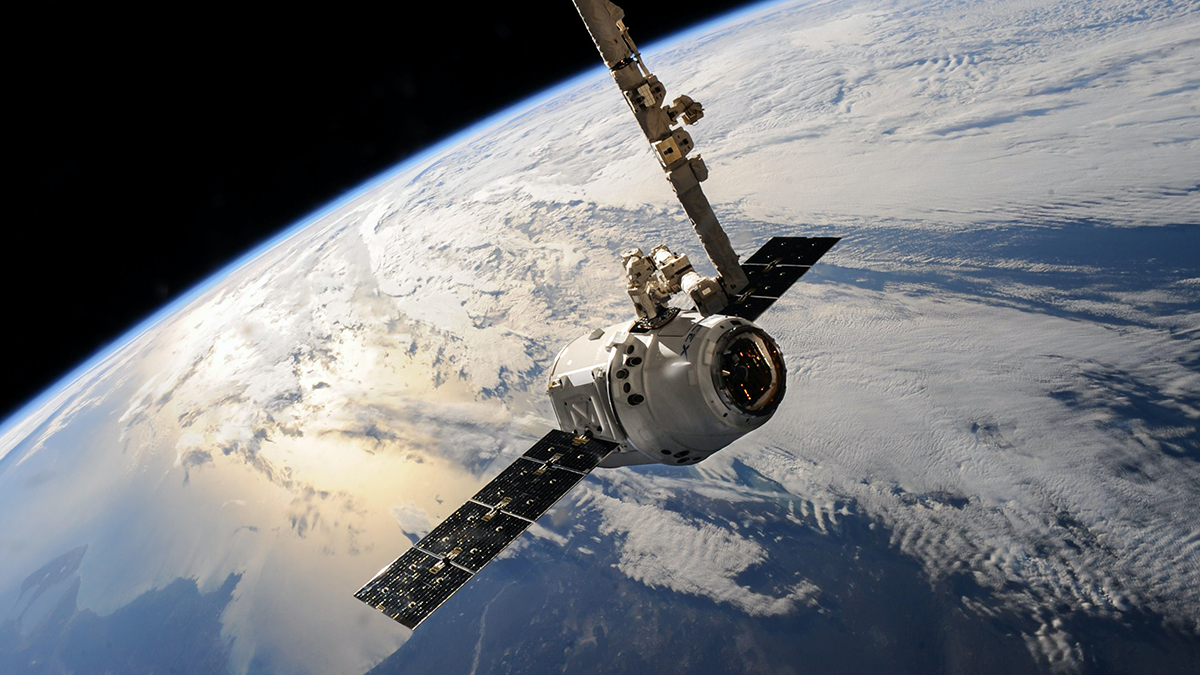Do you know how much money is in your bank account? How many calories does your white chocolate mocha have? How many steps did you walk today? We measure many aspects of our lives but when it comes to climate change our measurements are vague, and often nonexistent.
This week’s climate story brings us to the beautiful rice paddies of Vietnam. Seaspray Labs partnered with the International Rice Research Institute. IRRI’s climate change team is based in Vietnam and they are working on carbon accounting tools for rice. Rice farming releases a lot of greenhouse gas emissions. Traditional techniques such as flooding rice paddies release the potent greenhouse gas methane. The good news? Changing farming practices can drastically reduce emissions while still producing the same amount of rice.
We designed a web-based carbon calculator for rice growers, rice companies and scientists to better understand how different farming and processing methods for rice effect greenhouse gas emissions. We had three goals going into the project:
- Easy access: Reach a bigger audience though a web-based tool
- Intuitive experience: Provide a straightforward user experience
- Understand data: Display data charts to measure, understand, and plan low emission practices

While most team members were in Vietnam, we also interviewed partners and end users in the Philippines, Thailand, India, Germany, and the US. This was followed by rapid prototypes to learn how users might use the calculator. Through different iterations and continuous feedback, the tool improved quickly. After the final development and testing phase the calculator got successfully deployed. You can read more about our process here. In early tests with the recently released calculator we see the following results:
- Easy access: Instead of installing a tool and having to cater to different operating systems the web tool successfully allows ad hoc access in lectures and webinars.
- Intuitive experience: Streamlined pages guide users through the complex task of entering data for growing, processing, and transporting rice. It works well for novice users but also supports efficient expert data entry.
- Understand data: Visual results allow users to view and compare the carbon footprint of different rice products. By comparing different farming and processing methods users can explore how to best reduce greenhouse gas emissions.
We partnered with an amazing team of scientists and implemented the tool within weeks. Let’s hope it helps rice growers, rice companies and scientists to adopt low emission practices for rice. And let’s hope for more tools to measure the climate impact of the food we eat, the products we purchase, and the things we do.







